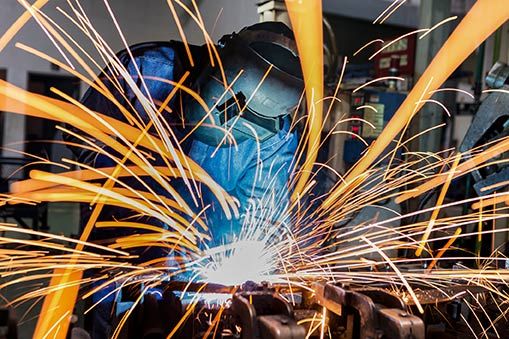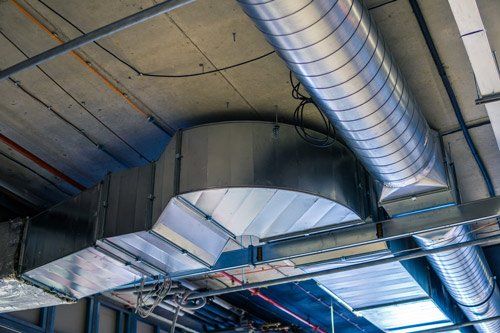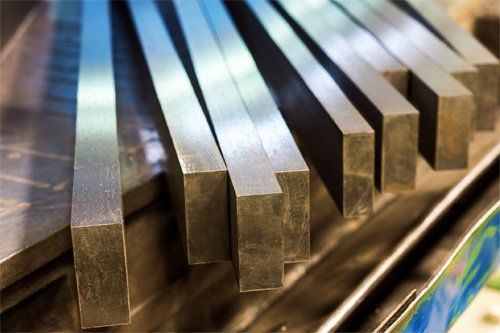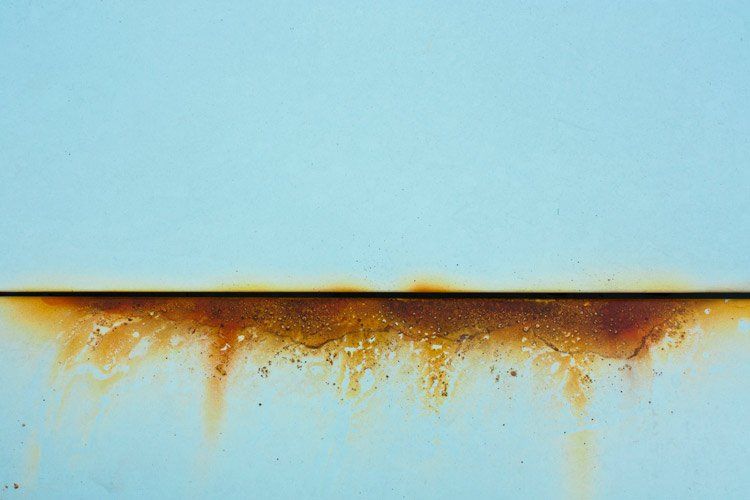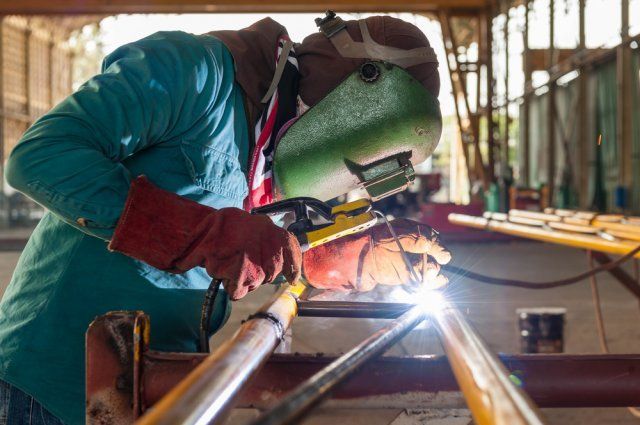Repair an Outdoor Steel Sculpture or Building
- By Admin
- •
- 26 Apr, 2018
- •

An outdoor steel sculpture or building can be a great addition to a residential landscape. Steel is the universal choice for durable metal sculptures and buildings around the world.
Steel is extremely strong, easy to clean, and has an attractive surface patina. Despite its strength, a steel sculpture or building can be scratched or damaged by another piece of steel, such as a garden tool or lawnmower. With the right tools, however, steel can be repaired and refinished so that the damage is imperceptible.
Here is a method to repair and refinish an outdoor steel sculpture or building that has surface damage.
Clean the Steel
To maintain an outdoor steel sculpture or building in top condition, clean it monthly. Dirt, grime, and environmental pollutants can accumulate on an unclean steel surface and, if not removed, can retain moisture and cause corrosion.
To clean steel, brush off surface dirt and dust with a soft brush. Thoroughly clean the surface with a solution of 8 ounces of ammonia in 5 gallons of water. Mix this solution well, and apply it by hand or with a spray washer or sponge mop. Let this solution remain on the surface for a few minutes, and then rinse well with plain water.
Do not allow the rinse water to remain on the steel surface. Dry all surfaces and crevasses by hand with a soft, absorbent cloth or a sponge mop. Change the cloth and wring out the sponge mop often to continue to absorb the maximum amount of moisture.
Prepare the Steel for Repair
Once it has been cleaned and dried, examine the steel surface. Damage can be repaired if you catch it soon after it occurs.
For a deep scratch or gouge, chip off any projecting metal pieces with compound tin snips. Cut the metal down as close as possible to the level of the surrounding steel surface.
Sand the Steel Damage
Carefully sand and smooth the damaged surface with an emery cloth, aluminum oxide sandpaper, or silicon carbide sandpaper. Wrap the cloth or sandpaper around a sponge sanding block and sand gently.
To ensure that you do not scratch the surrounding area, place a piece of 28 - 32 gauge sheet steel on the area to shield it while you work.
Fill the Steel Damage
Once you have a smooth and sanded steel surface, fill any gouges in the steel with auto body filler putty. Follow the manufacturer's directions to thoroughly dry the filler putty before you finish the repair. Sand the filler putty flush with the surrounding area with 400 grit sandpaper.
Prime and Paint the Steel
Apply metal primer on the raw steel surface to prepare it to be painted. For small areas, dry the primer with a hairdryer. Mask off other areas with a protective plastic drop sheet and adhesive tape.
Paint the repaired area by hand with a soft brush and an oil-based metal paint used for auto repair. If the repaired area is large, you can spray the paint on the surface with a paint sprayer.
If you use spray paint, protect the areas that are not be painted with a protective cloth and masking tape. Whatever method you use, you may need several coats to cover the repair.
Protect the Steel
After painting the steel surface, apply several coats of an oil-based clear sealant to protect the surface. Match the finish of the clear sealant to the matte or shiny finish of the other steel parts.
When you build and maintain an outdoor steel sculpture or building, you want to use the finest steel available. For a complete selection of high-quality steel components or to have a custom steel building installed on your property, contact Knowlton Industrial Steel Supply. We can help you with all phases of your steel project.
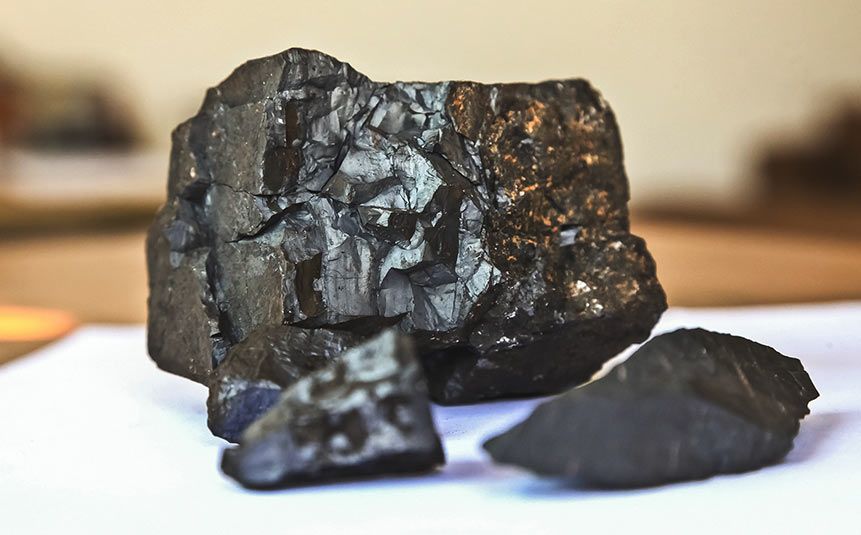
Steel holds an abundant place in the modern world. You can find steel anywhere from automobiles to high-rise buildings and industrial processing equipment. Many different types of steel exist, each of them being a slightly different alloy with iron as its base metal. Manufacturers then add other elements to boost the overall performance of the hardened steel.
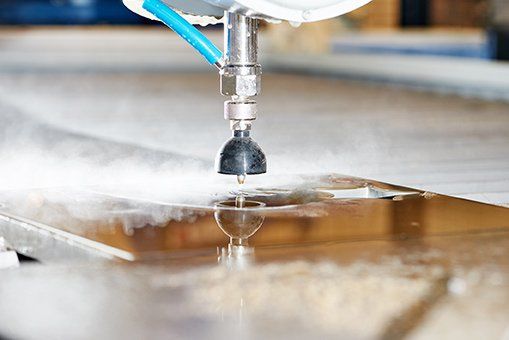
When you need to manufacture small or otherwise precise parts and tools, you face a wealth of options. Water jetting is a relatively new but increasingly popular choice among businesses, particularly if you work with dense or heat sensitive materials. Consider the following information about water jetting as you plan and design your components and the tools needed to work with them.
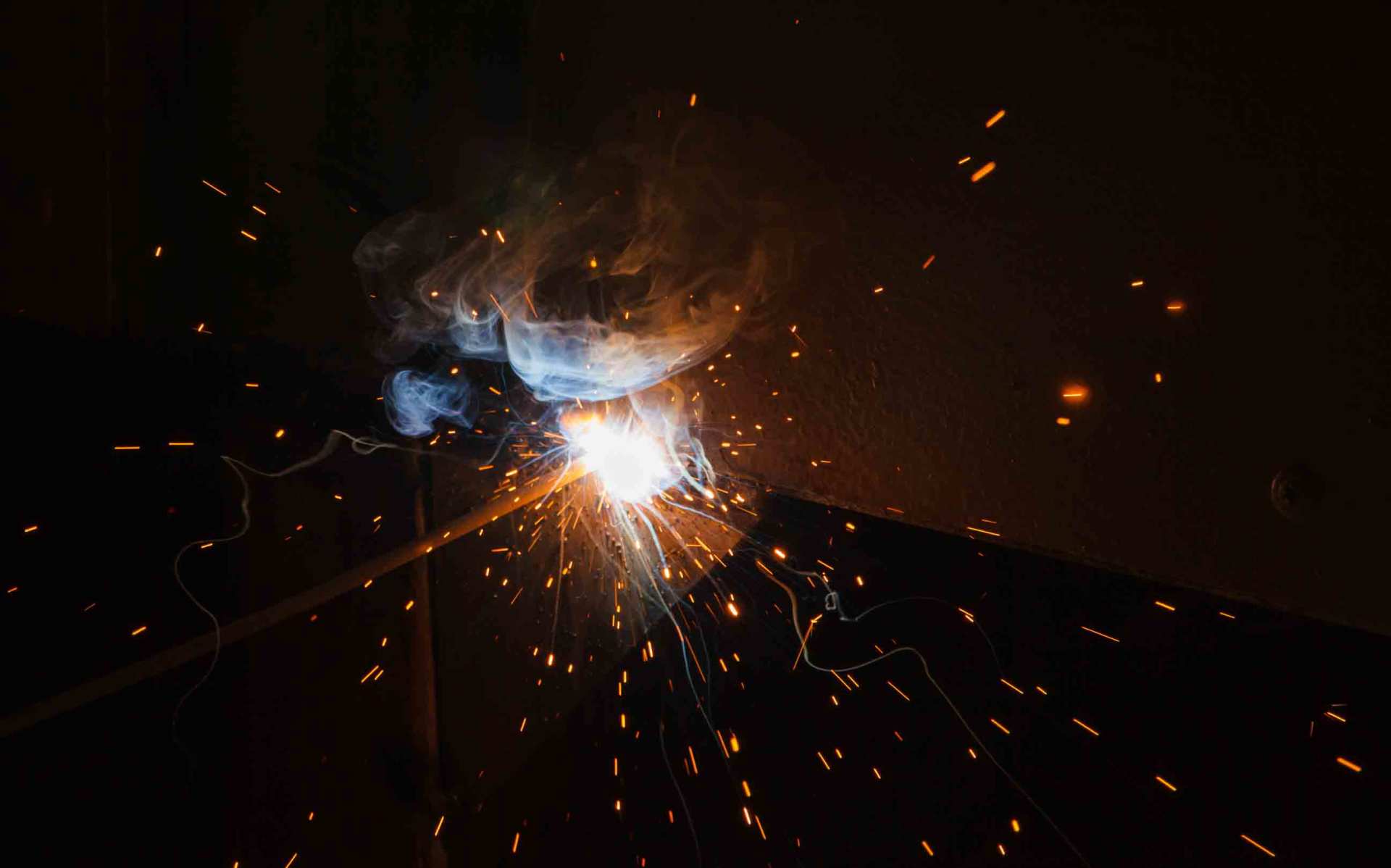
On the surface, the fundamental principle of welding is deceptively simple: high temperatures fuse together two or more pieces of metal. While this may be accurate in the most basic of terms, the actual art of welding remains much more complex. To get the strongest possible results, a welder must utilize the most appropriate welding method.
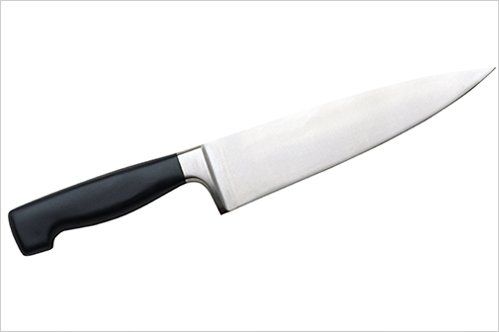
While knife and blade making is a skill many might associate with an era long gone by, it's one of the hottest growing DIY trends. Whether you want to simply use grinding tools to cut and polish a knife or feel ready to go all out with a forge and an anvil, you need the right kind of steel to get good results.

